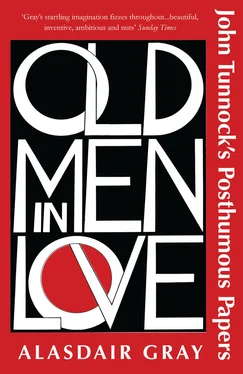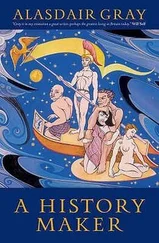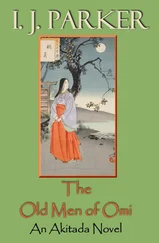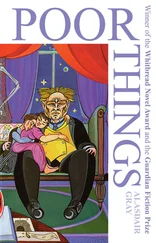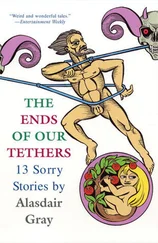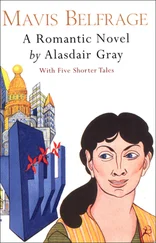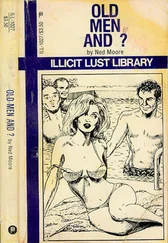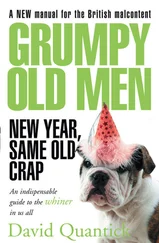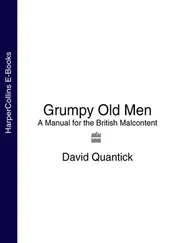At school my shyness and short, stout figure made me uninteresting to both pupils and teachers though I was scrupulously clean, always neatly dressed, and did well in all my lessons except physical training and sport. The clash between life inside and outside my home was shown in my schoolbags.
In the late 1940s the children of thrifty parents still carried schoolbooks in khaki satchels issued by the government to hold gas masks during the recent war, but in posh Hillhead most of us had cloth or leather schoolbags hung by straps from our backs. Mine was of shining leather which always looked new because on Saturday mornings Aunt Nell brushed it with shoe blacking, then polished with rags until it shone. I would have preferred a schoolbag stained by accidents like those of other pupils, but could not hurt her feelings by telling her so, and eventually insisted on doing that job myself, though not quite so efficiently. Aunt Nan handled our finances. When I started at Hillhead Secondary School aged 11 Nan replaced my bag with a pigskin briefcase. I foresaw the mockery it would bring but pretended to be grateful. Only our school captain and some prefects in the final year had briefcases, none as blatantly expensive and manly as first-year Tunnock’s. After the evening meal we called Tea or (if Nan and Nell had asked a friend to share it) High Tea, we usually sat in the drawing room, listening to the BBC. 26At the end of my first Hillhead Secondary week I brought home the briefcase full of new schoolbooks, and asked for a table in my bedroom to do homework there in private.
“Why of course,” said Nell, but Nan said firmly, “No.”
We stared at her. After a solemn pause she said, “Homework certainly needs privacy. He must have the study.”
“Yes indeed,” cried Nell with enthusiasm and they conducted me there. The study was a room my aunts always kept clean but otherwise avoided, perhaps because their father had insisted on privacy there when writing his sermons, which seem to have been his only work when not conducting Sunday services. I had always assumed it was forbidden to me, though nobody had said so. They ushered me and my briefcase inside but stayed out, telling me to make myself at home and would I like a cup of tea in half an hour? but I wanted nothing before our usual supper together before bedtime.
“Well,” said Nell, “If you want something sooner, strike that twice and one of us will come running.”
She pointed to a brass push-bell on a massive, leather-topped desk. Looking strangely satisfied they left me there. Either then or later I heard Nan say it was nice to have a man working in the study again.
On first sitting down in the leather-upholstered swivel chair and spreading my schoolbooks on the desk I felt daunted by this ponderously furnished chamber, but soon came a feeling of ease and mastery because this place was wholly mine. I had no need to ensure privacy by turning the large brass door key in the lock because the aunts never entered without knocking and asking my permission. Nell only entered to dust and hoover once a week when I was at school. An elaborate ebony inkstand on the desk had a shallow little drawer in the base where I found keys unlocking the desk drawers and doors of glass-fronted bookcases. One drawer held a cut-glass tumbler and a stoppered decanter three-quarter full of brown liquid. In cupboards under the bookcases I found more of this liquid: five bottles of Harvey’s Bristol Cream Sherry and several dozen empty ones. Tasting that sherry did not then occur to me. In the following weeks I gradually found the delights of the bookshelves among a mass of very dull sermons.
The first discoveries were an early Encyclopaedia Britannica and an 1850 Chambers’ Conversationalist’s Lexicon with engravings (some coloured by hand) of improbable flying machines that could never have left the ground, wooden warships with side paddles and smoking funnels between masts crowded with sails, grotesque creatures, plants, castles, temples and cities. These pictures and fragments of text took me to a time when the U.S.A. and Russia traded in slaves and serfs, when Japan was closed to foreigners and maps of most large continents had big blank areas inscribed Terra Incognita . Then I found two volumes of Rabelais’ Gargantua and Pantagruel illustrated by Heath Robinson, Balzac’s Droll Tales illustrated by Doré, Kraft-Ebbings’ Sexual Pathology with photographs. Most precious was a set of four tall volumes with ornately gilded leather bindings published by The Harvard Gentleman Scholars’ Press of New York in a limited edition of 150, each personally signed and numbered on the biblio page by the editor, Frank Harris. 27The pictures alone must have made the cost immense: Ovid’s Art of Love was illustrated by Mantegna, Aristophanes’ Lysistrata by Aubrey Beardsley, Baudelaire’s Les Fleurs du Mal by Felicien Rops, Burns’ Tam O’ Shanter by William Bell Scott. I investigated the texts of these after sampling the illustrations, eventually reading all the Droll Tales and most of Rabelais, the latter in what I now know was Urquhart’s translation. The Harvard Gentleman Scholar volumes were a constant delight. The verses in the original tongues were helped by English prose translations and pictures which showed a lot of lively nudity.
Of course the translation of Tam O’ Shanter was needless. Any English speaker can easily understand it. I read Burns’ verses to learn the story behind Bell Scott’s outline drawings of the witch Nanny leaping and flinging about in her cutty sark, and enjoyed them so much that I tackled his complete poems which were also in Grandpa Tunnock’s library, beside Catherine Carswell’s 1920s biography of him. She had aroused the fury of admirers who sentimentalized him as a hard-working family man (which he was) by calmly and without censure naming his lovers and illegitimate children. These Burns books filled a big gap in my education because Burns was not mentioned at school where I learned verses by Wordsworth, Shelley and Keats — naytcha poems, the teachers called them, being careful not to pronounce a final r. The subject matter (daffodils, the west wind, sky-lark, nightingale) were certainly natural but not human. Burns’ poems are all about human nature. He loves it at its most fallible, so how could he be taught in schools? When I was a teacher I would have been sacked had I taught young children The Jolly Beggars’ chorus — A fig for those by LAW protected , LIBERTY’s a glorious feast ! COURTS for cowards were erected , CHURCHES built to please the Priest . Burns is declaring that sexual love, after breathing eating and drinking, is the most essential human activity and the most enjoyable.
What is TITLE, what is TREASURE,
What is reputation’s care?
If we lead a life of pleasure,
‘ tis no matter HOW or WHERE.
With the ready trick and fable
Round we wander all the day;
And at night, in barn or stable,
Hug our doxies on the hay.
Does the train attended CARRIAGE
Thro’ the country lighter rove?
Does the sober bed of MARRIAGE
Witness brighter scenes of love?
Most folk, especially children, instinctively know pleasure is the best thing we can get so distrust all authority that tries to postpone or ration or abolish it. This instinct was denounced as original sin by Fathers of the Christian church from Saint Paul and Augustine to Luther and Calvin. Most educations deliberately divert, destroy or pervert that belief — a good reason for academia to neglect Burns even after the 1980s, when commercial entertainment and advertizements were added to academia’s raw materials.
Читать дальше
